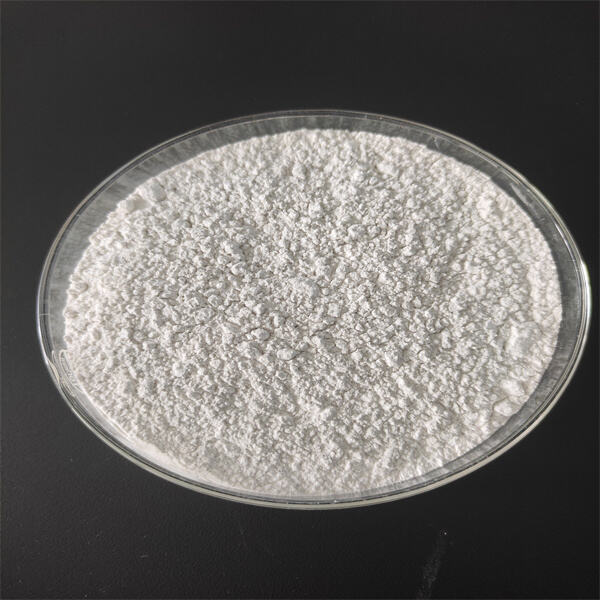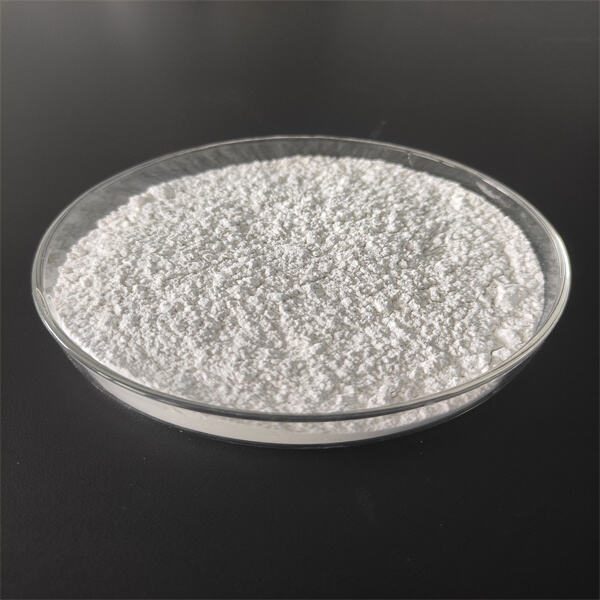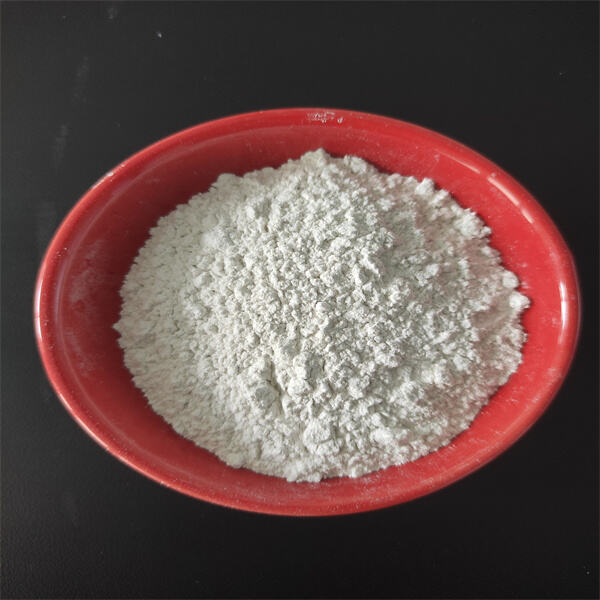সোডিয়াম হাইপোক্লোরাইট এবং ক্যালসিয়াম হাইপোক্লোরাইট দুটি গুরুত্বপূর্ণ পরিষ্কার এবং পানি নিরাপত্তা পণ্য। এখানে এই দুটি রাসায়নিক কিভাবে ভিন্ন এবং তারা কিভাবে সাফ পানি রক্ষা করতে সাহায্য করে তার একটি নিকট দৃষ্টি।
সোডিয়াম হাইপোক্লোরাইট এবং ক্যালসিয়াম হাইপোক্লোরাইট উভয়ই রাসায়নিক যা পানি শোধন করতে পারে এবং ব্যাকটেরিয়া এবং ভাইরাসের বিরুদ্ধে কার্যকর। সোডিয়াম হাইপোক্লোরাইটের সাধারণ নাম হল ব্লিচ। আরেকটি হল ঘরের সাধারণ মোচন পদক্ষেপ যা পৃষ্ঠ শোধন এবং দাগ সরাতে পারে। ক্যালসিয়াম হাইপোক্লোরাইট শক্তিশালী এবং অধিকাংশ সময় সুইমিং পুল এবং বড় পানি শোধন কেন্দ্রে ব্যবহৃত হয়।

সোডিয়াম হাইপোক্লোরাইট একটি বিশ্বস্ত এবং দক্ষ পরিষ্কারক পণ্য, যা ঘর এবং অফিস পরিষ্কার করার জন্য খুবই সাধারণভাবে ব্যবহৃত হয়। এটি সুবিধাজনক এবং বহুতর জীবাণু মারতে সক্ষম। কিন্তু যদি সাবধানে না হাতেলা হয়, তবে এটি চামড়া এবং চোখকে আঘাত করতে পারে। ক্যালসিয়াম হাইপোক্লোরাইট অনেক বেশি শক্তিশালী হতে পারে, এবং পানির মধ্যে বেশি জীবাণু মারতে পারে, কিন্তু এটি আরও বেশি খরচের হতে পারে এবং যদি ঠিকমতো ব্যবহার না করা হয়, তবে পানিতে একটি উপাদান ফেলে রাখতে পারে।

এবং তাদের মধ্যে অন্তত একটি আমাদের পানি নিরাপদ এবং পরিষ্কার রাখতে জরুরি: সোডিয়াম হাইপোক্লোরাইট এবং ক্যালসিয়াম হাইপোক্লোরাইট। তারা বিভিন্ন পরিবেশে ব্যবহৃত হয়, যার মধ্যে হাসপাতাল, খাদ্য উৎপাদন এবং পানি প্রক্রিয়াকরণ অন্তর্ভুক্ত। এবং কিছু রাসায়নিক গুরুতর জীবাণু ধ্বংস করতে সাহায্য করে, যাতে আমাদের পানি পান এবং অন্যান্য উদ্দেশ্যে নিরাপদ থাকে।

সোডিয়াম হাইপোক্লোরাইট এবং ক্যালসিয়াম হাইপোক্লোরাইট মৌল্যায়ন শিল্পে সাধারণ। হাসপাতালে, তারা চিকিৎসা যন্ত্রপাতি এবং ভেতরের উপর ব্যবহৃত হয় জীবাণু মারতে, আর্নি ছড়িয়ে দেওয়ার প্রতিরোধ করে। খাদ্য উৎপাদনে, তারা সজ্জা এবং উপরিভূমি পরিষ্কার করতে ব্যবহৃত হয় খাবার নিরাপদ রাখতে। জল প্রশস্তি গাড়ি তাদের ব্যবহার করে পানি জীবাণু মারতে, আমাদের সবাইকে স্বাস্থ্যবান রাখে।